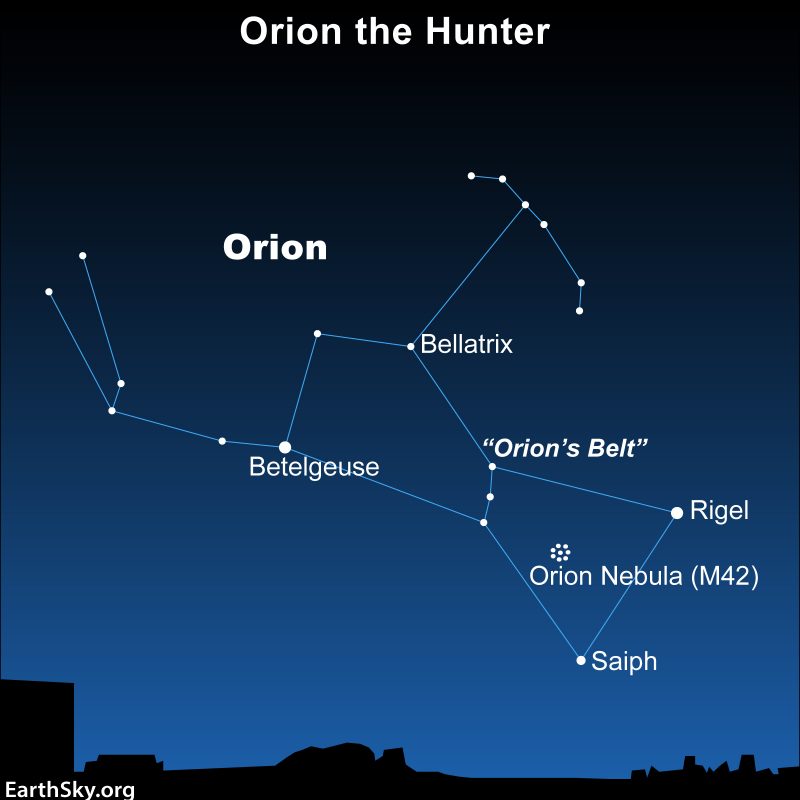
Start watching for Orion
On November evenings, start watching for Orion the Hunter, perhaps the easiest to identify of all constellations. By mid-to-late November, Orion is back in the evening sky, rising in the east at mid-evening (about midway between your local sundown and midnight). Orion’s Belt is the most noticeable part of this constellation. These three stars in a row aren’t the brightest in the sky, but they’ll catch your eye. Orion appears to be lying on his side – with his Belt stars pointing upward – when he first ascends into our eastern sky in mid-evening at this time of year. Orion’s two brightest stars – Betelgeuse and Rigel – shine on opposite sides of the Belt.
It’s around late November and early December that casual skywatchers will begin to notice Orion and to comment on it. You can find this constellation now and watch it for months to come. Or point it out to your friends!
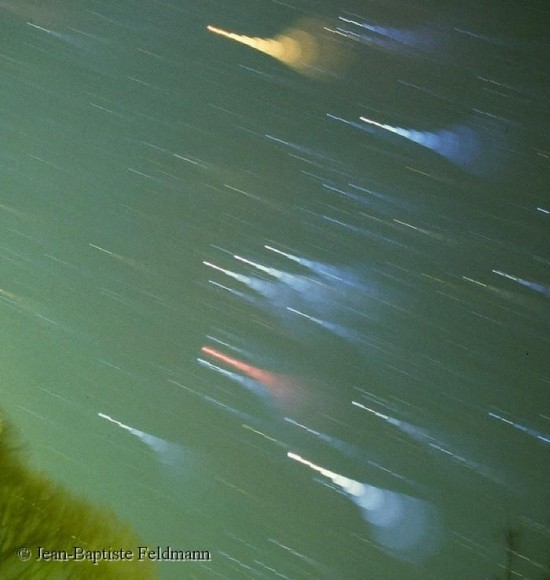
As the weeks pass …
As night passes, and Earth spins beneath the sky, Orion will climb higher in our sky. When this constellation is highest in the south, it is a huge, noticeable star pattern. But Orion doesn’t reach its highest point until an hour or two after midnight (that’s local time, for all times zones around the world) in mid- to late November.
Like all the stars, Orion’s stars rise some four minutes earlier with each passing day, or about two hours earlier with each passing month. If you see Orion shining in the east at 9 p.m. tonight, look for Orion to be in the same place in the sky at about 7 p.m. a month from now. Or if Orion is due south at 2 a.m. tomorrow, look for Orion to be due south at midnight one month later.
This shift in Orion’s location is due to Earth’s movement in orbit around the sun. As we move around the sun, our perspective on the stars surrounding us shifts. At the same hour daily, all the stars in the eastern half of the sky climb up a bit higher, whereas all the stars in the western half of the sky sink a bit closer to the western horizon.
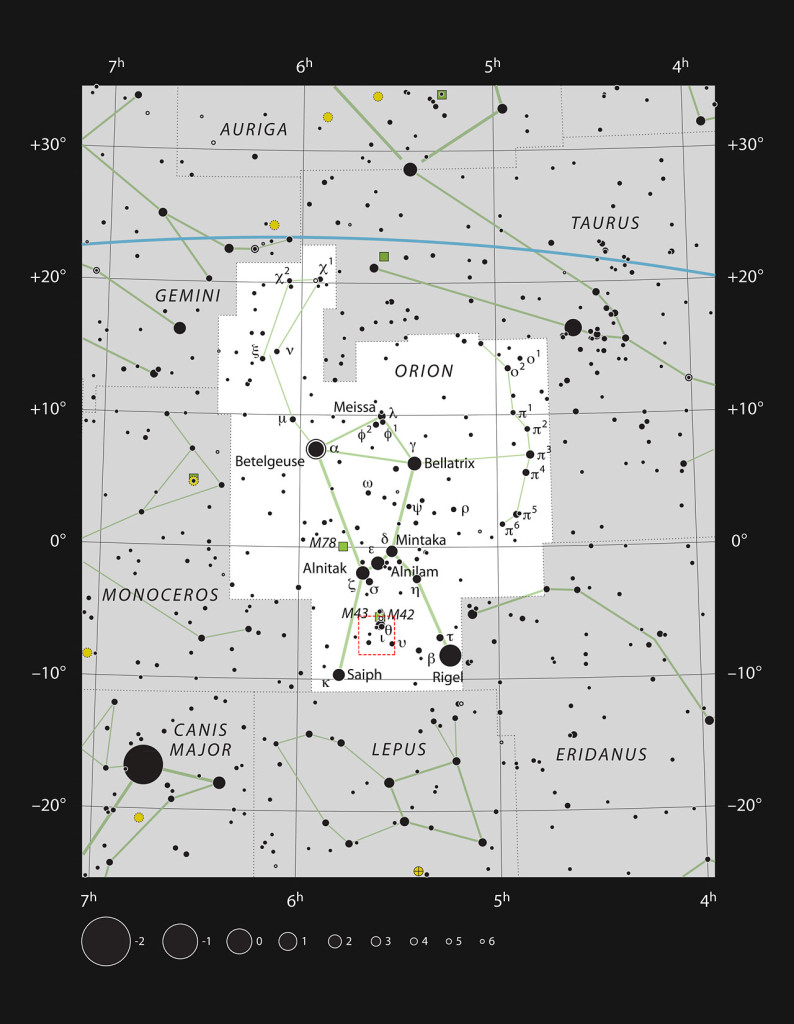
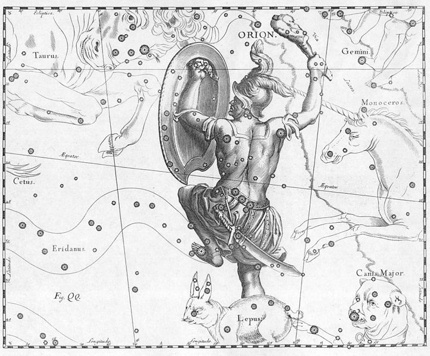
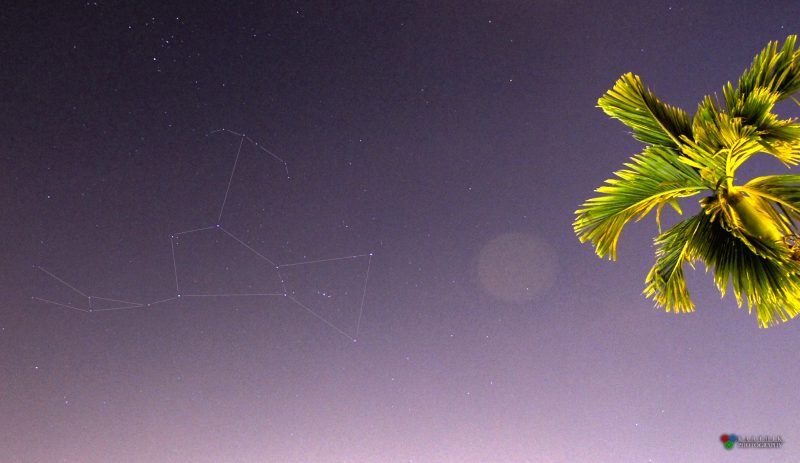
Are you familiar with the W- or M-shaped constellation Cassiopeia the Queen? Or Polaris, the North Star? As Orion ascends in the east in November, look for Cassiopeia to soar to her highest point for the night, above Polaris in the northern sky.
Bottom line: By mid-to-late November, the famous constellation Orion the Hunter is back in the evening sky! Its most recognizable feature is called Orion’s Belt: a short, straight line of three medium-bright stars.
EarthSky astronomy kits are perfect for beginners. Order today from the EarthSky store
Donate: Your support means the world to us
The post Orion the Hunter on November evenings first appeared on EarthSky.
from EarthSky https://ift.tt/3DfnnwP

Start watching for Orion
On November evenings, start watching for Orion the Hunter, perhaps the easiest to identify of all constellations. By mid-to-late November, Orion is back in the evening sky, rising in the east at mid-evening (about midway between your local sundown and midnight). Orion’s Belt is the most noticeable part of this constellation. These three stars in a row aren’t the brightest in the sky, but they’ll catch your eye. Orion appears to be lying on his side – with his Belt stars pointing upward – when he first ascends into our eastern sky in mid-evening at this time of year. Orion’s two brightest stars – Betelgeuse and Rigel – shine on opposite sides of the Belt.
It’s around late November and early December that casual skywatchers will begin to notice Orion and to comment on it. You can find this constellation now and watch it for months to come. Or point it out to your friends!

As the weeks pass …
As night passes, and Earth spins beneath the sky, Orion will climb higher in our sky. When this constellation is highest in the south, it is a huge, noticeable star pattern. But Orion doesn’t reach its highest point until an hour or two after midnight (that’s local time, for all times zones around the world) in mid- to late November.
Like all the stars, Orion’s stars rise some four minutes earlier with each passing day, or about two hours earlier with each passing month. If you see Orion shining in the east at 9 p.m. tonight, look for Orion to be in the same place in the sky at about 7 p.m. a month from now. Or if Orion is due south at 2 a.m. tomorrow, look for Orion to be due south at midnight one month later.
This shift in Orion’s location is due to Earth’s movement in orbit around the sun. As we move around the sun, our perspective on the stars surrounding us shifts. At the same hour daily, all the stars in the eastern half of the sky climb up a bit higher, whereas all the stars in the western half of the sky sink a bit closer to the western horizon.



Are you familiar with the W- or M-shaped constellation Cassiopeia the Queen? Or Polaris, the North Star? As Orion ascends in the east in November, look for Cassiopeia to soar to her highest point for the night, above Polaris in the northern sky.
Bottom line: By mid-to-late November, the famous constellation Orion the Hunter is back in the evening sky! Its most recognizable feature is called Orion’s Belt: a short, straight line of three medium-bright stars.
EarthSky astronomy kits are perfect for beginners. Order today from the EarthSky store
Donate: Your support means the world to us
The post Orion the Hunter on November evenings first appeared on EarthSky.
from EarthSky https://ift.tt/3DfnnwP

Aucun commentaire:
Enregistrer un commentaire